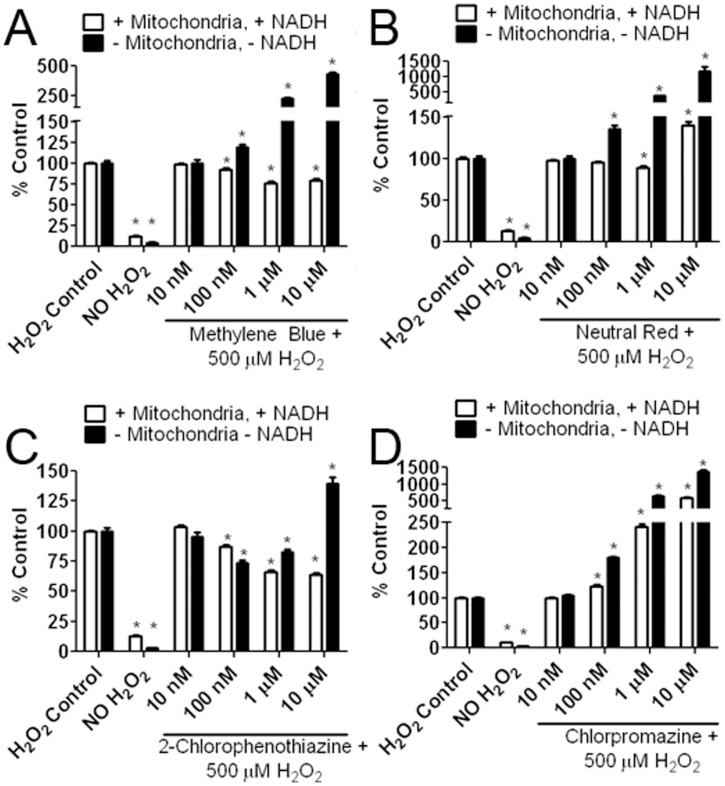Figure 10. Different action of MB and derivatives as antioxidants.
Four compounds were assayed in the presence or absence of mitochondria lysate and 165 µM NADH to determine their effectiveness in mitigating H2O2 (500 µM) induced DCF oxidation. (A) In the presence of mitochondria lysate and NADH, MB significantly reduced DCF fluorescence at 100 nM, 1 µM and 10 µM. At the same concentrations (100 nM, 1 µM, and 10 µM) in the absence of mitochondria and NADH, MB increased DCF fluorescence. (B) In the presence of mitochondria and NADH, NR decreased DCF fluorescence at a concentration of 1 µM and increased DCF fluorescence at a concentration of 10 µM. NR significantly increased DCF fluorescence at concentrations of 100 nM, 1 µM, and 10 µM in the absence of mitochondria lysate and NADH. (C) 2-Chlorophenothiazine significantly reduced DCF fluorescence at concentrations of 100 and 1 µM in both the presence and absence of mitochondria lysate and NADH. At a concentration of 10 µM, in the presence of mitochondria lysate and NADH, 2-chlorophenothiazine reduced DCF fluorescence; however, in the absence of mitochondria lysate and NADH, 2-chlorophenothiazine increased DCF fluorescence at 10 µM. (D) Chlorpromazine significantly increased DCF fluorescence at concentrations of 100 nM, 1 µM, and 10 µM in both the presence and absence of mitochondria lysate and NADH. * p<0.05 compared to respective H2O2 control group.

